In SaaS, the customer journey doesn’t end at sign-up—it truly begins with onboarding. A well-designed SaaS onboarding process helps users quickly understand your product, reach their first "aha!" moment, and experience its real value. Done right, onboarding reduces churn, drives retention, and sets the stage for long-term customer success.
What Is SaaS Customer Onboarding?
Definition of SaaS customer onboarding
SaaS customer onboarding is the structured process of guiding new users from the moment they sign up for your product to the point where they achieve their first success, often referred to as “time-to-value.” Unlike one-time product purchases, SaaS relies on recurring revenue, which makes customer onboarding a critical phase for retention and long-term growth.
The goal of SaaS customer onboarding is not just to teach users how to use the software, but to help them understand how the product solves their specific problems and delivers measurable value. This involves a combination of product walkthroughs, guided tutorials, personalized setup, and ongoing support.
Why Onboarding Is Critical for SaaS Companies
For SaaS companies, acquiring a customer is only the beginning. The true challenge lies in retaining them and turning them into long-term users. Customer onboarding is the stage where this happens, and its impact extends far beyond first impressions.
Here’s why it matters so much for SaaS businesses:
- Retention drives revenue: Unlike one-time sales, SaaS depends on recurring subscriptions. Effective onboarding reduces early churn and secures stable revenue streams.
- Faster adoption = faster growth: When customers understand and use key features early, they are more likely to expand usage and upgrade to higher-tier plans.
- Customer success begins here: Onboarding sets the tone for the entire customer journey, shaping satisfaction, loyalty, and advocacy.
- Cost efficiency: Winning new customers is expensive. Strong onboarding ensures that acquisition costs are justified by long-term value.
- Competitive differentiation: In a saturated SaaS market, companies that invest in excellent onboarding stand out by delivering not just a product, but a complete success experience.

Differences Between SaaS and Traditional Onboarding
Onboarding in a SaaS environment differs significantly from traditional software onboarding due to the nature of cloud delivery, subscription models, and user expectations.
| Aspect | Traditional Onboarding | SaaS Onboarding |
|---|---|---|
| Deployment Speed | Lengthy installation, configuration, and IT involvement | Immediate access via browser, minimal setup, faster time-to-value |
| Scalability | Requires new licenses, infrastructure, and sometimes hardware | On-demand scaling, adding users or teams in minutes |
| Training Approach | Relies on in-person sessions, manuals, and help desks | Self-service, with interactive walkthroughs, tooltips, and product tours |
| Ongoing Engagement | Mostly front-loaded; once trained, the process largely ends | Continuous, with nudges, feature highlights, and lifecycle emails |
| Data Utilization | Limited visibility; feedback mainly from support tickets or anecdotal reports | Analytics-driven; user behavior data informs iterative improvements |
SaaS Customer Onboarding Best Practices
Customer onboarding is the crucial first step in turning new users into engaged, loyal customers. For SaaS products, this phase is about more than just account setup—it’s the moment when users begin to understand the product’s value and see how it fits into their workflow. A smooth onboarding experience can dramatically boost retention and long-term satisfaction.
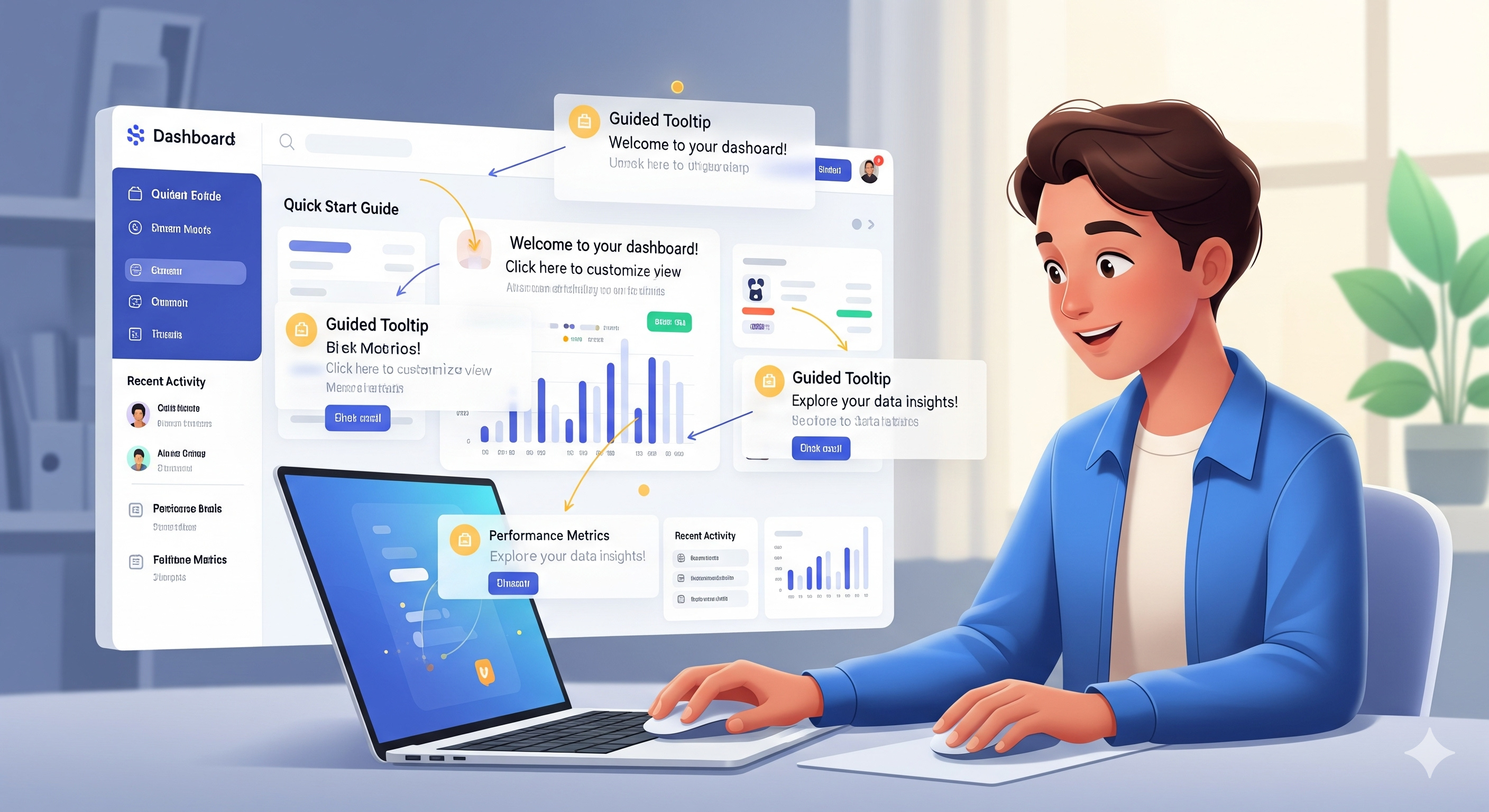
Core steps in the customer onboarding process
Onboarding typically starts with welcoming users and helping them set up their accounts quickly. From there, the journey moves toward product education, where users are introduced to key features through interactive walkthroughs or tutorial videos. The most effective onboarding focuses on demonstrating tangible value early, guiding users to achieve a meaningful “first success” that shows them the product works for their needs.
Ongoing support—whether through chat, email, or community forums—ensures users don’t feel lost once the initial guidance ends. By combining early wins with continuous assistance, SaaS companies can keep engagement high and reduce churn.
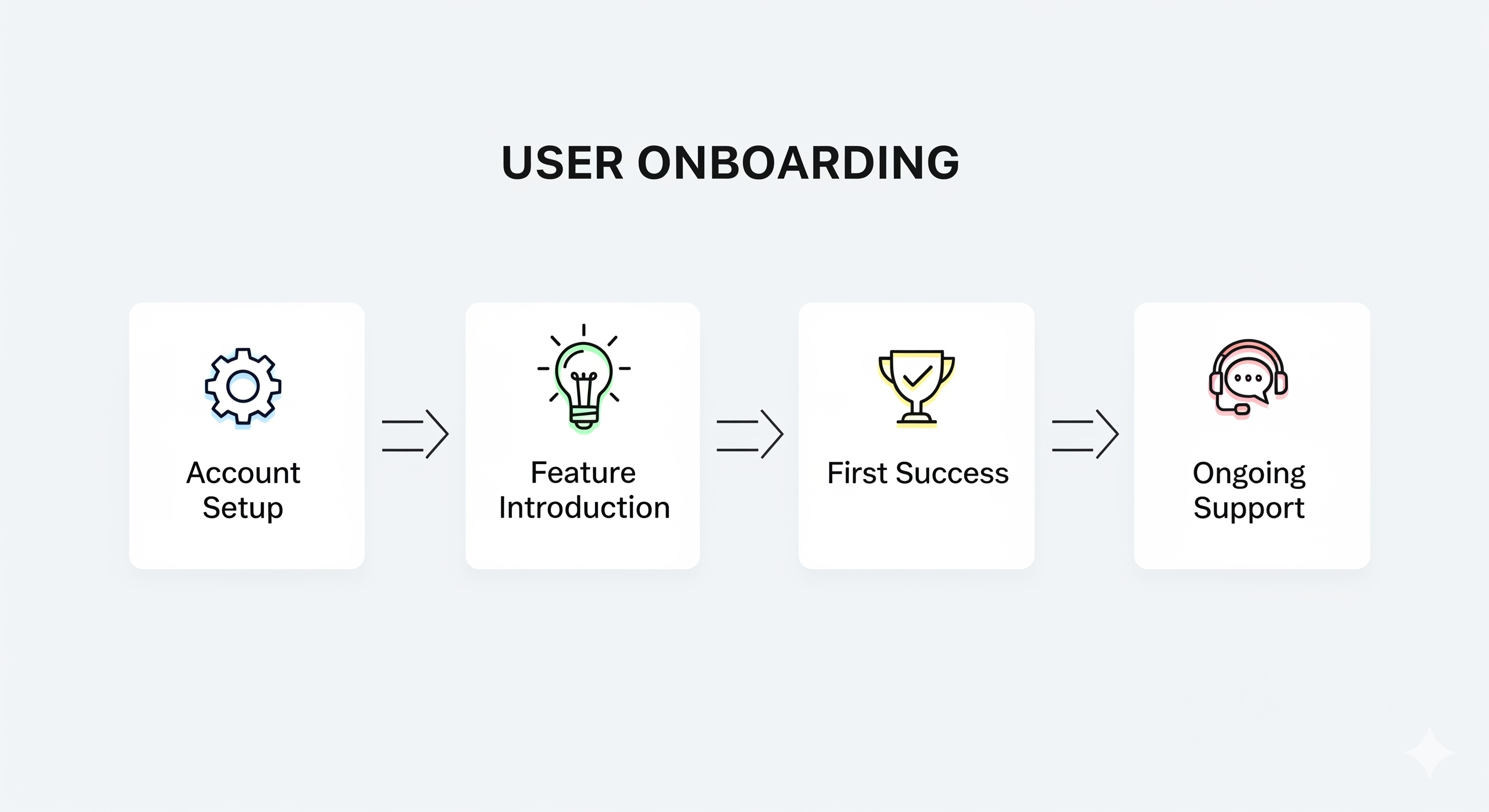
SaaS low-touch vs. high-touch onboarding
Not all onboarding experiences are created equal. Low-touch onboarding relies on self-service tools: automated emails, in-app tooltips, and pre-recorded demos. It works well for simple products or mass-market solutions, allowing companies to scale without heavy human involvement.
High-touch onboarding, by contrast, is highly personalized. Customer success managers guide new users through tailored demos, hands-on training, and one-on-one support. This approach is essential for complex products or enterprise clients, where achieving value requires guidance.Snapdemo support Dynamic Pathways that you can let audiences navigate interactive experiences by branching into different routes through clickable chapters or hotspots.
Many SaaS businesses combine the two, offering automated guidance for common workflows while reserving human attention for advanced features or high-value customers.
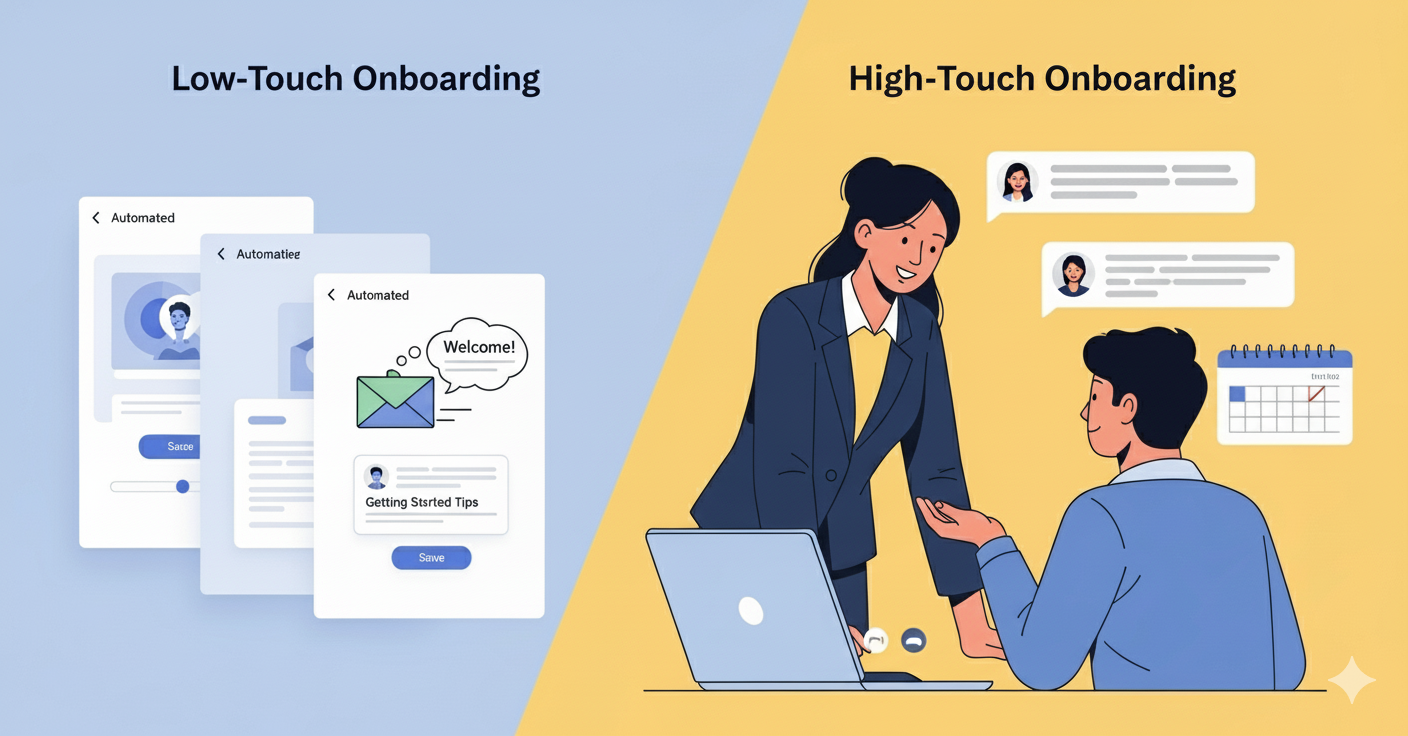
How to improve the SaaS customer onboarding process
The key to improving onboarding is reducing friction and helping users reach success quickly. Streamlining account setup, providing contextual guidance within the app, and monitoring user behavior for drop-offs can all make the experience smoother. Soliciting early feedback helps identify pain points, while celebrating milestones—like completing a setup or completing the first workflow—reinforces the product’s value and encourages continued engagement.
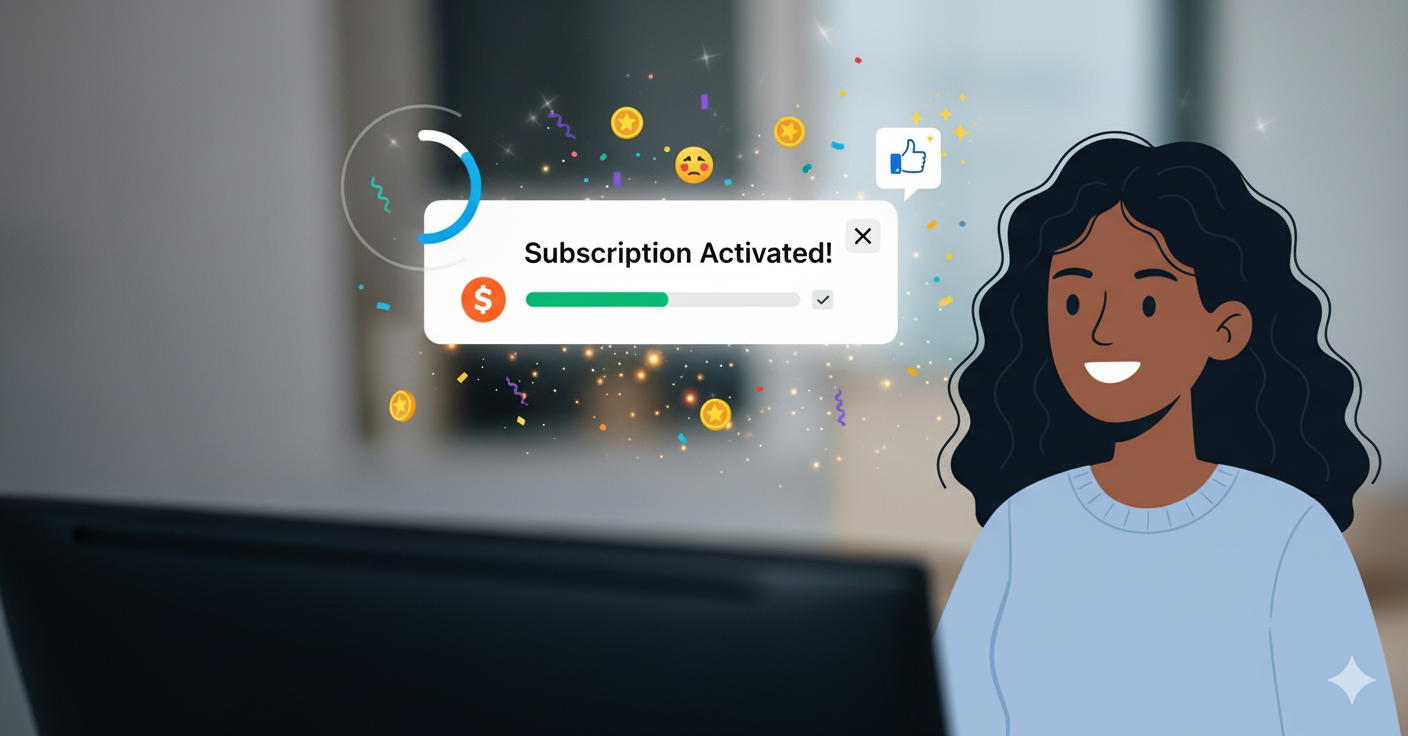
By thoughtfully designing each step and combining automation with personalization, SaaS companies can turn onboarding into a powerful tool for retention and growth, rather than a simple formality.
SaaS Customer Onboarding Best Practices
Best Practices and Frameworks
Strong onboarding is built on clear frameworks. The AARRR model is often used, with “Activation” as the key stage—helping users reach their first real success. Instead of long product tours, best practices focus on guiding users toward quick wins and showing value early.
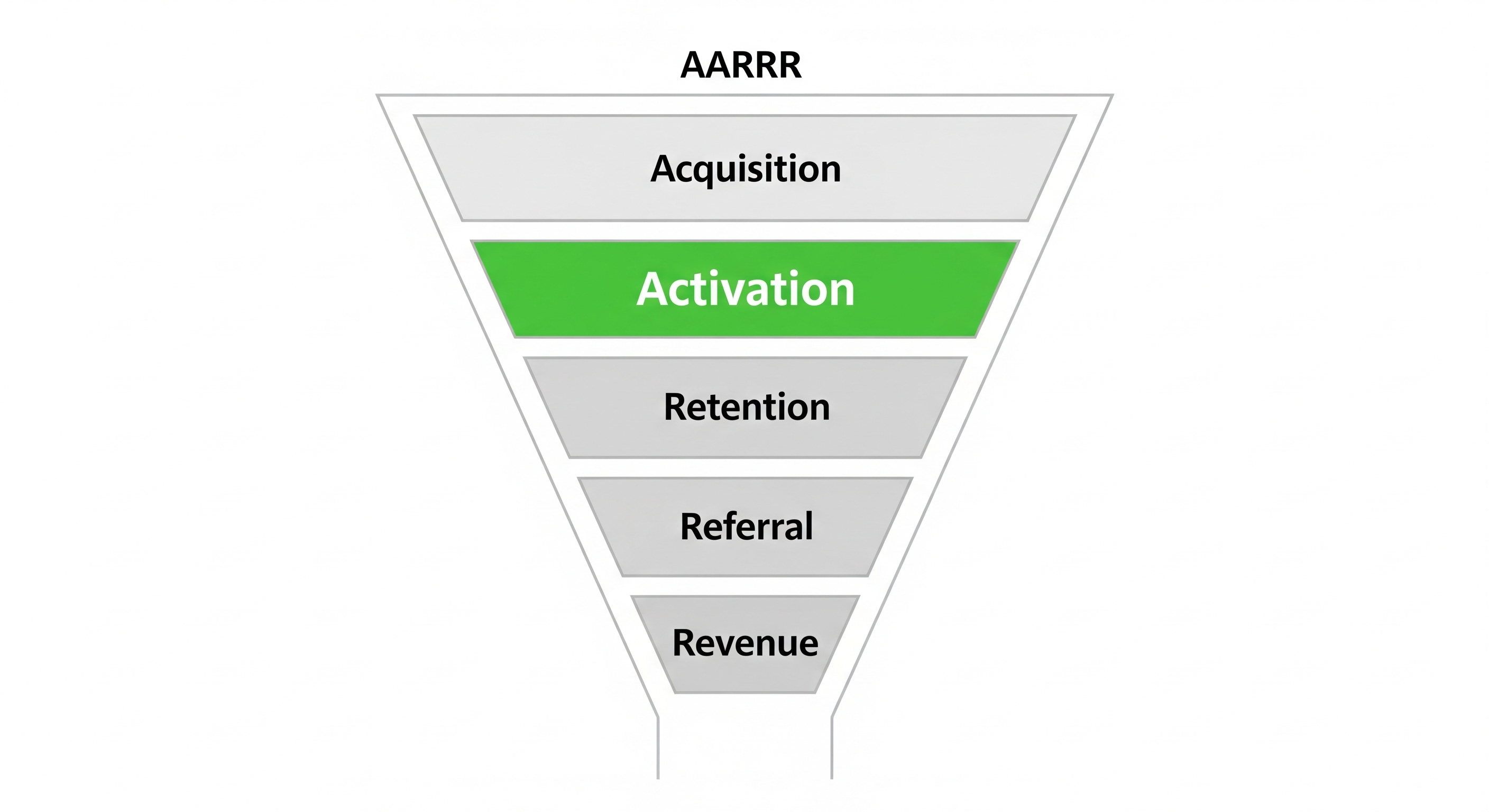
Personalization also matters. Different roles—like admins vs. daily users—need different paths. A good framework adapts to these needs while staying lightweight.
Equally important is measurement: tracking activation rates, drop-off points, and time to value. Onboarding should be treated as an evolving process, refined by data rather than fixed in design.
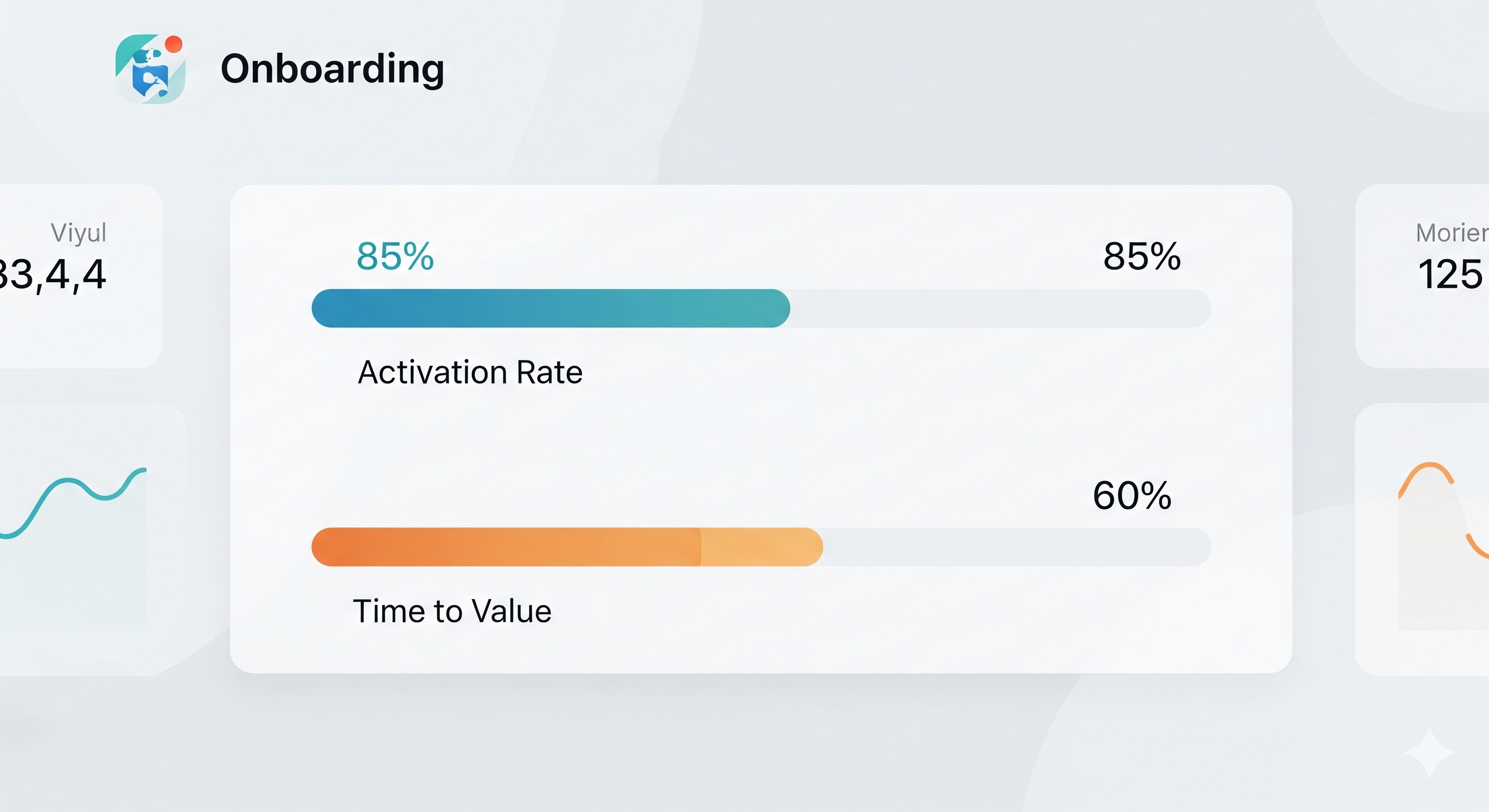
SaaS Customer Onboarding Checklist
A practical way to ensure smooth onboarding is to follow a simple checklist. It usually begins with a warm welcome and effortless account setup, followed by clear product guidance that leads users to their first meaningful success. From there, the focus shifts to offering continuous support and monitoring how users engage with the product.
Instead of thinking of the checklist as a rigid series of tasks, it should be seen as a user journey: start simple, highlight value quickly, and keep support visible. Each step—whether it’s confirming an email, completing a tutorial, or reaching a key milestone—should bring the customer closer to long-term adoption.


